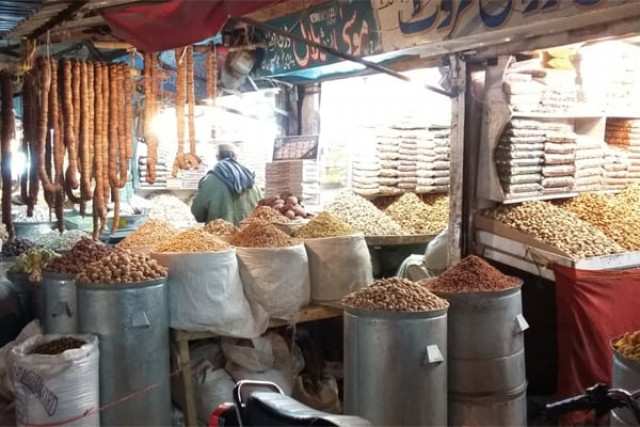The rise in prices of perishable food through Punjab has triggered generalized frustration, because consumers continue to pay well above the prices officially fixed for basic products. Despite the training of new price control services, the application of the law remains ineffective, resulting in growing doubts about the government’s ability to curb food inflation.
This week, the prices of essential vegetables and poultry products have remained significantly above the levels punishable by the government on the local markets, without vegetables available for less than 200 rupees per kilogram. The persistent violation of official price lists highlights not only the government’s low regulatory grip, but also calls into question the usefulness of newly established price control mechanisms, which, according to criticism, add to administrative costs without providing results.
In poultry markets, differences between fixed rates and real market prices have remained striking. The official rate for live chicken was reduced by Rs 15, which brought it to Rs 374–388 per kilogram, but consumers said they had paid between Rs 460 and Rs 480 per kilogram. Likewise, chicken meat was officially at the price of Rs 562 per kilogram, but was sold for Rs 570–640, while the bone chicken varied up to Rs 1,200 per kilogram.
Also read: Punjab will remain in the grip of climatic events
Vegetables have also shown alarming price gaps. For example, the apple potatoes with soft quality A skin A were fixed at Rs 80–85 per kilogram but were sold at Rs 140–150. The prices of the onion were officially amounted to Rs 50 to 55 per kilogram for the quality of quality A, but they reached Rs 100 on the market. The tomatoes were set at Rs 82–90 per kilogram, but prices increased to Rs 150.
Gargice and ginger were among the most expensive items, with garlic varieties coming up to Rs 400 per kilogram against official RS rates of 210-260. Ginger, depending on the origin, was sold for Rs 600–700 per kilogram, far exceeding the fixed rates of Rs 400–460.
Other vegetables – such as cucumber (RS 200 / kg), Brinjal (RS 150 / kg), bitter gourd (RS 220 / kg) and Ladyfinger (RS 240 / kg) – have also seen steep markings. Spinach, pumpkin, zucchini, lemon and arum followed a similar model, regularly exceeding official prices from Rs 30 to 100 per kilogram.
The fruits were no exception. The apples, at the official price of Rs 145 to 265 per kilogram, sold up to Rs 350. Grapes and mangoes, despite minor adjustments in official prices, were sold at considerably inflated rates, certain varieties reaching Rs 500 per kilogram.
Read: Rawalpindi is preparing for emergencies when approaching the next monsoon fate
Even intermediate income consumers have found basic fruits such as sweet melon, unaffordable dates and peaches. The dates, for example, were officially at the price of Rs 460–490 per kilogram, but were observed in markets at rates as high as Rs 2,000 per kilogram.
In the midst of these generalized violations, market inspectors and newly trained pricing services seem unable to enforce compliance. Critics argue that government prices control efforts have become largely symbolic, devoid of administrative force or political will to penalize offenders.
While food inflation continues to put pressure on household budgets – in particular for low -income and intermediary families – public confidence in economic management and the government’s regulatory framework continues to undertake.




